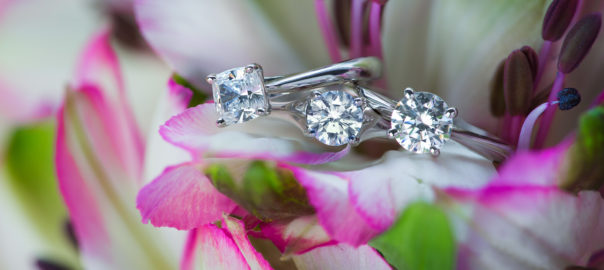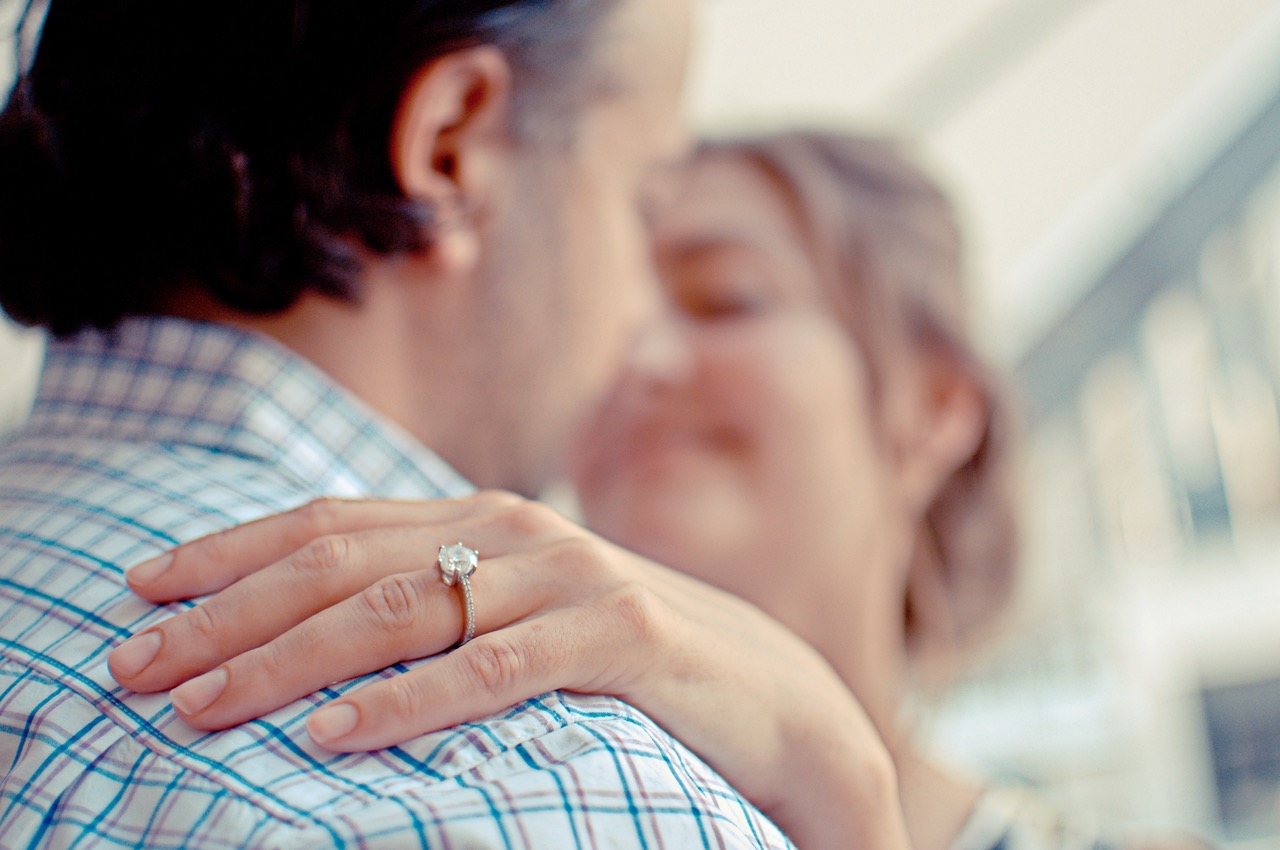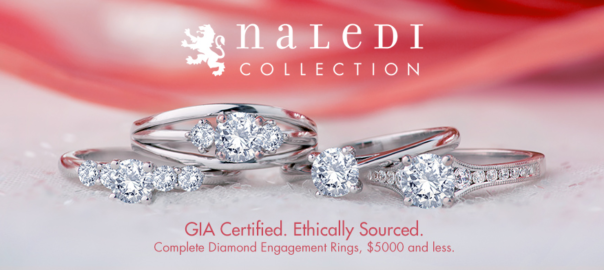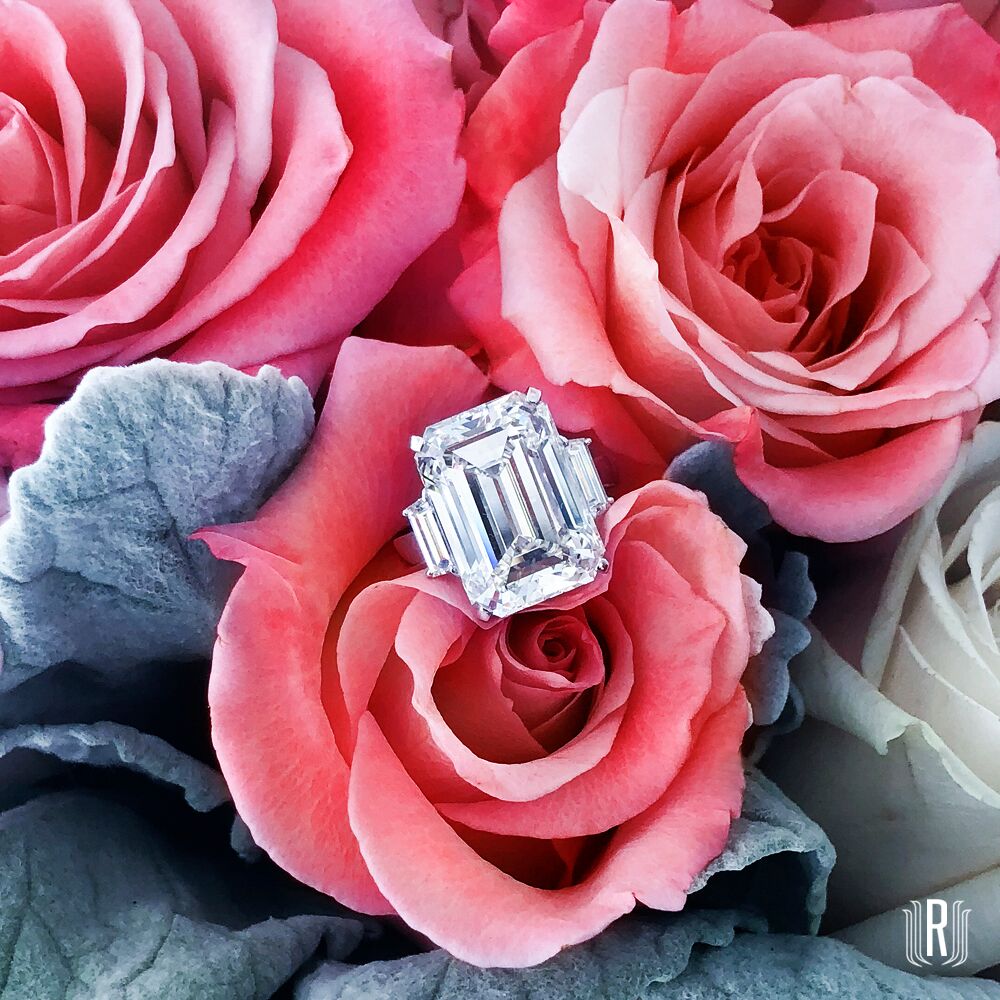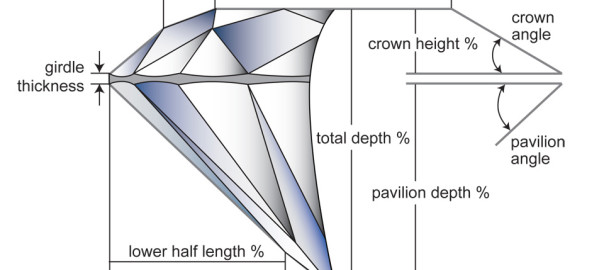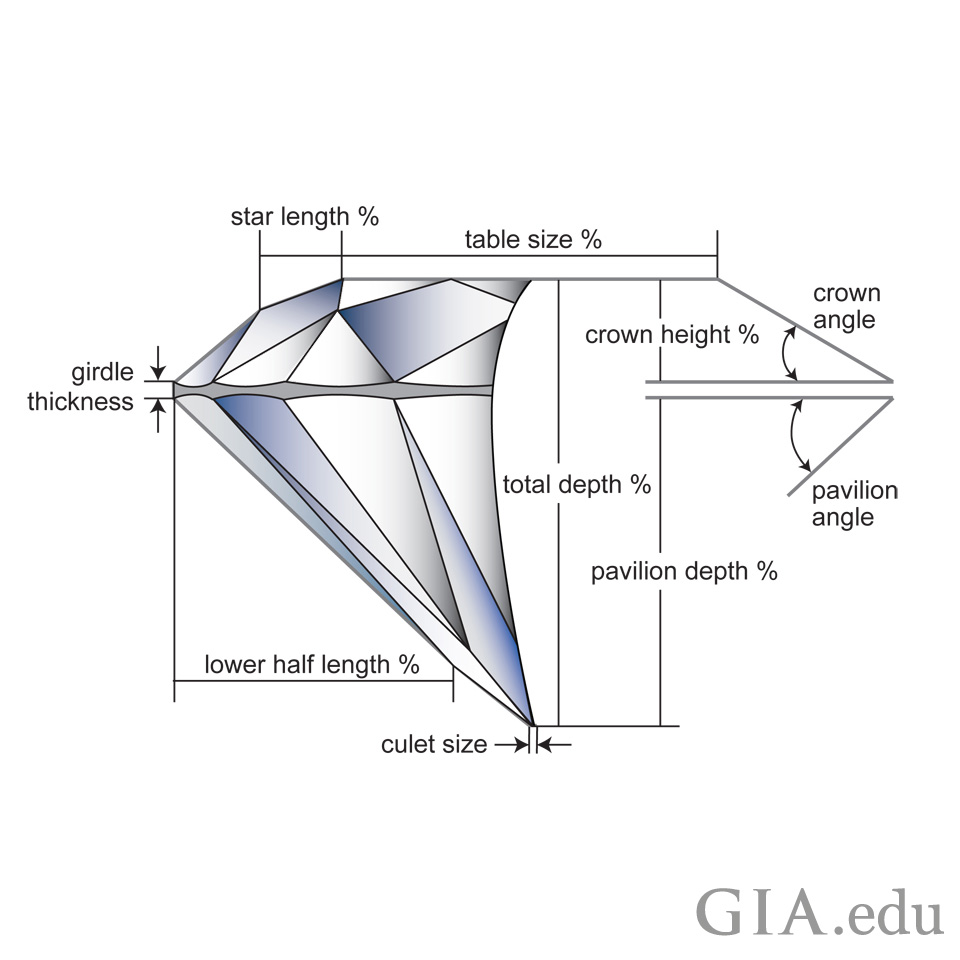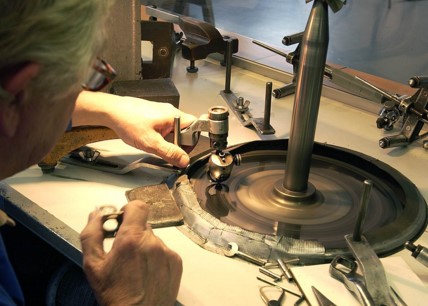Three-Stone Engagement Rings
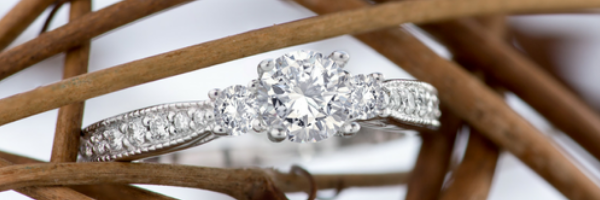
At Schwanke-Kasten Jewelers, we understand that the amount of engagement ring styles, materials and dozens of other factors can be overwhelming. Therefore, we thought we’d breakdown some of our favorite styles starting with the gorgeous three-stone engagement rings.
Three-Stone Engagement Rings Symbolism
The tri-stone engagement ring has been popularized by its symbolism; either signifying a relationships past, present and future, friendship, love and fidelity or even religious implications. Furthermore, this symbolism gives the engagement ring that extra edge of significance and personalization. A three-stone ring gives you still gives you a substantial amount of flexibility in terms of style.
Schwanke Kasten Engagement Rings
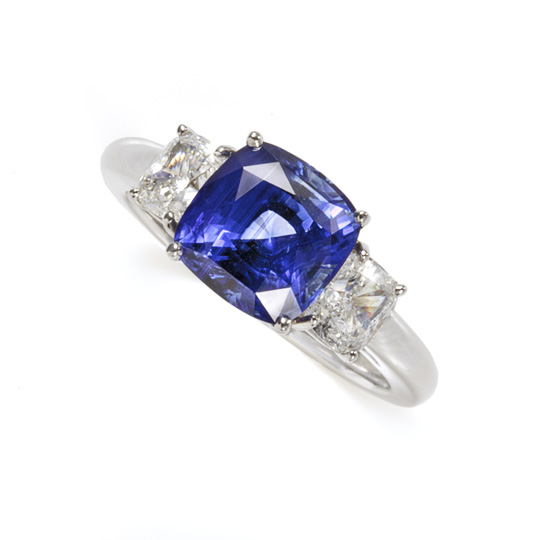
Take our Schwanke-Kasten Sapphire Diamond Engagement Ring for example. Should your fiancé-to-be be born in September or you plan on “popping the question” in September.
Rahaminov Engagement Rings
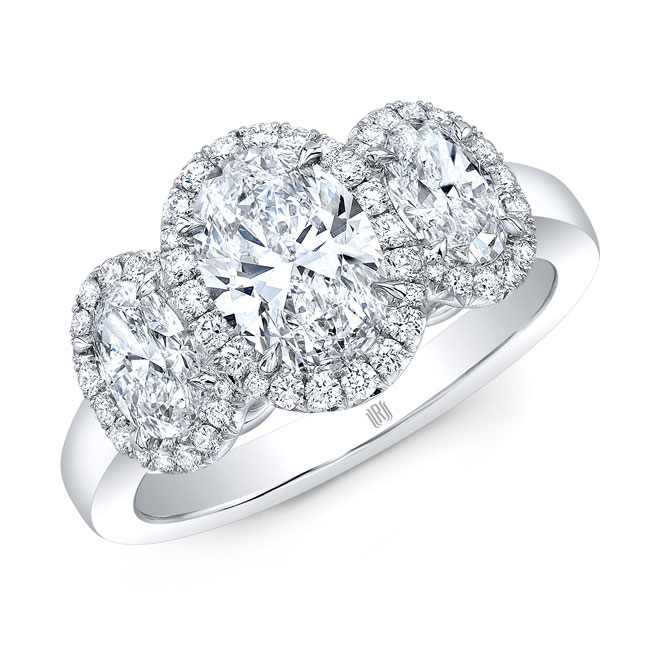
While many three stone rings use princess cut diamonds, we carry a beautiful oval-cut three stone ring by Rahaminov that features halos around each stone and a 1.01 carat, d-color and SI1-clarity center stone diamond set in 18k white gold.
Naledi Engagement Rings
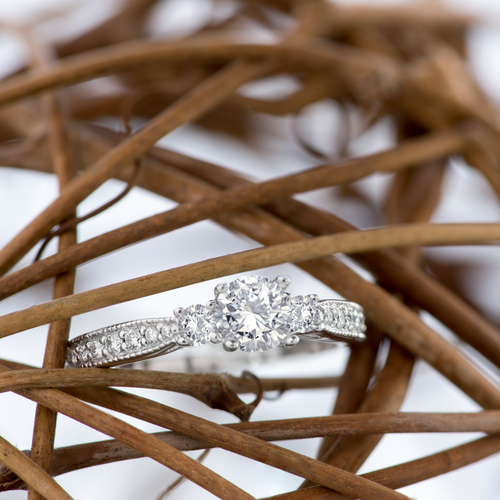
In addition, diamonds on the shanks of the ring can give the engagement ring a little extra sparkle. Our Naledi Design’s Trista Engagement Ring perfectly showcases this feature by utilizing 0.26 total carat weight of diamonds to accompany the three stones.
Martin Flyer Engagement Rings
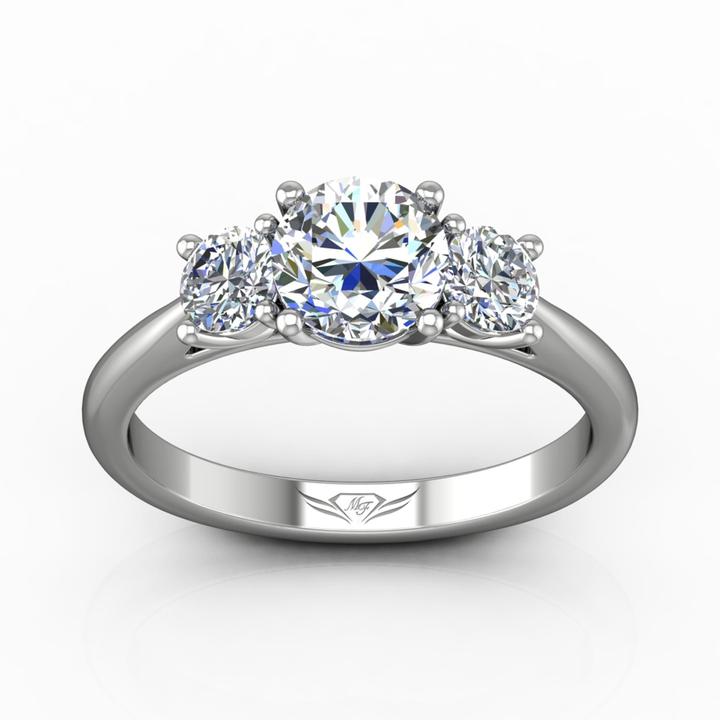
However, if simplicity is your speed, the Martin Flyer Flyerfit™ Three Stone Ring might be a perfect ring for you. With 1.01 total cart weight of diamonds, this particular Martin Flyer engagement ring is ready to wear!
However, we recommend stopping by either Schwanke-Kasten Jewelers location in Milwaukee, Wisconsin to consult with our professionally trained sales team as well as to browse our full inventory of world renowned engagement ring designers. Additionally, Schwanke-Kasten Jewelers has an in-store GIA certified gemologist and goldsmith should you wish to fully customize an engagement ring or repurpose a family heirloom.
